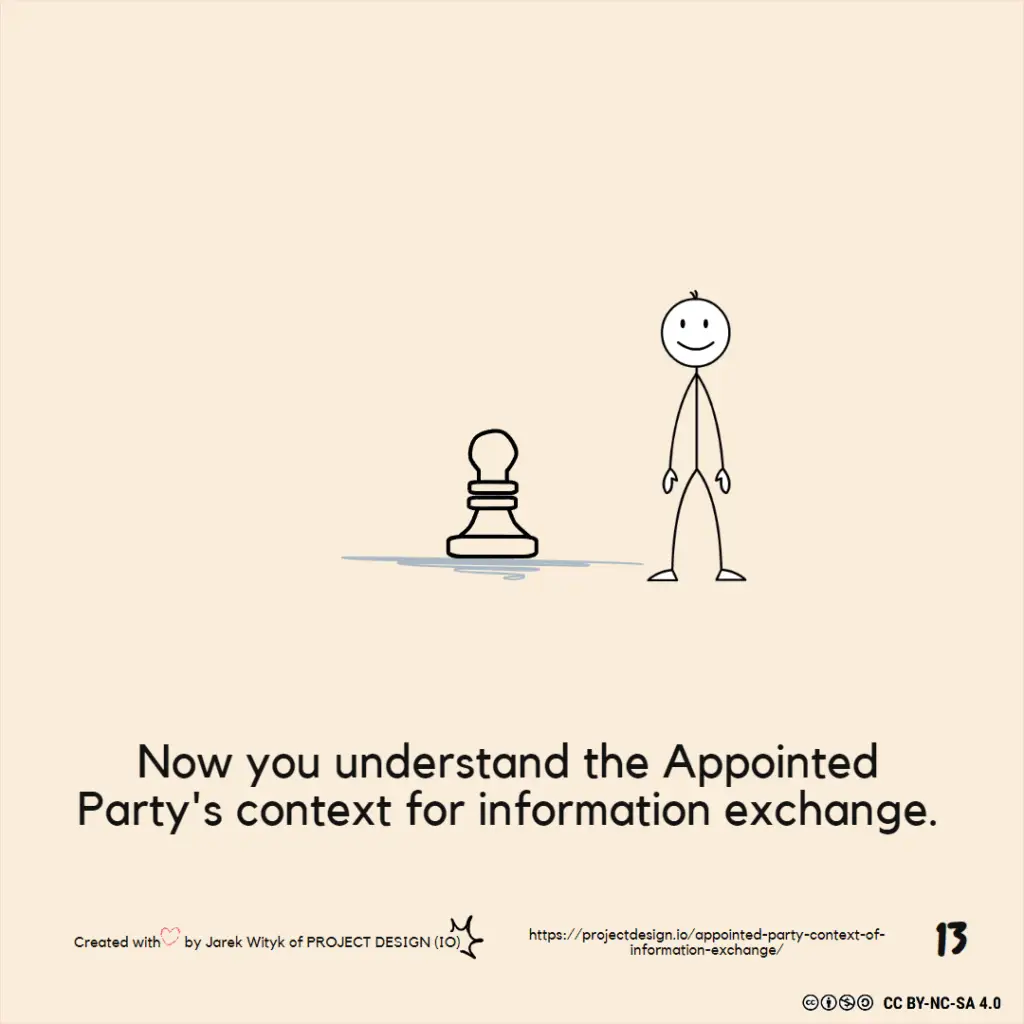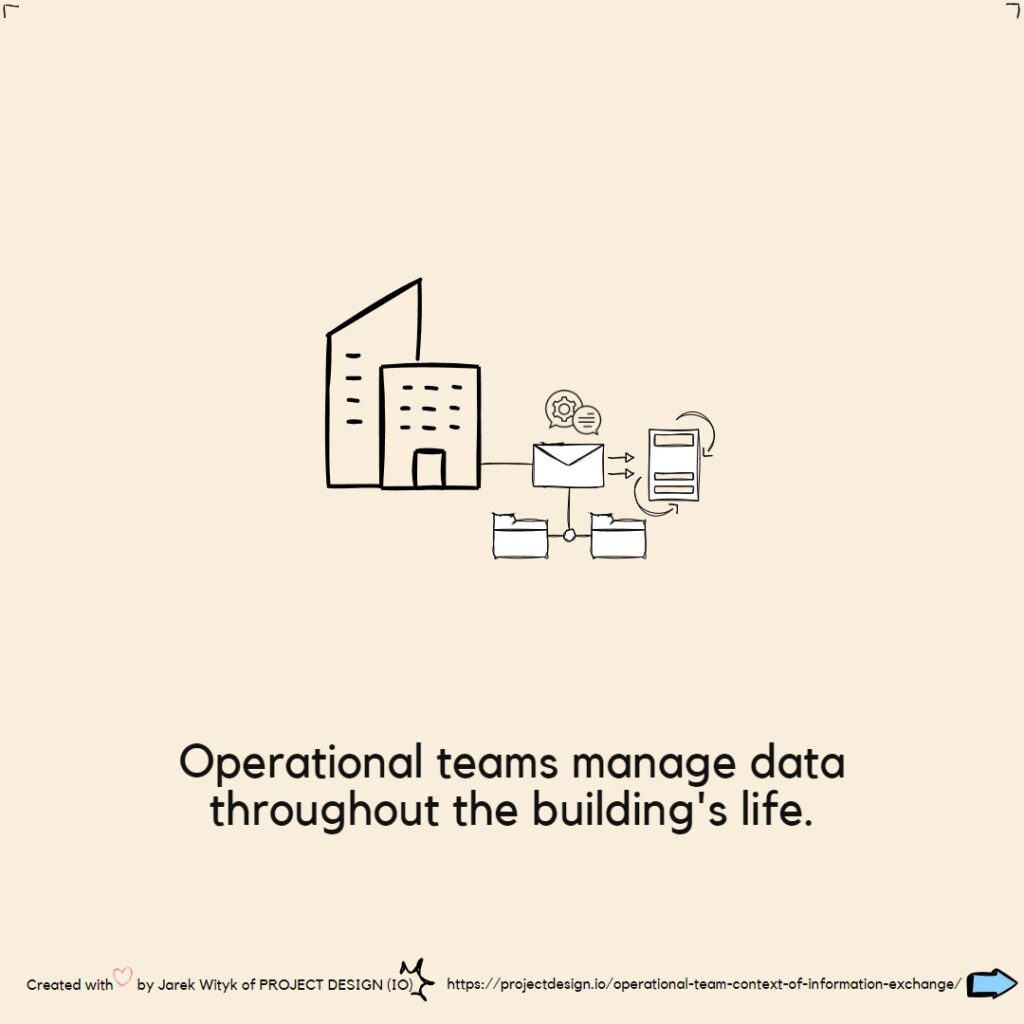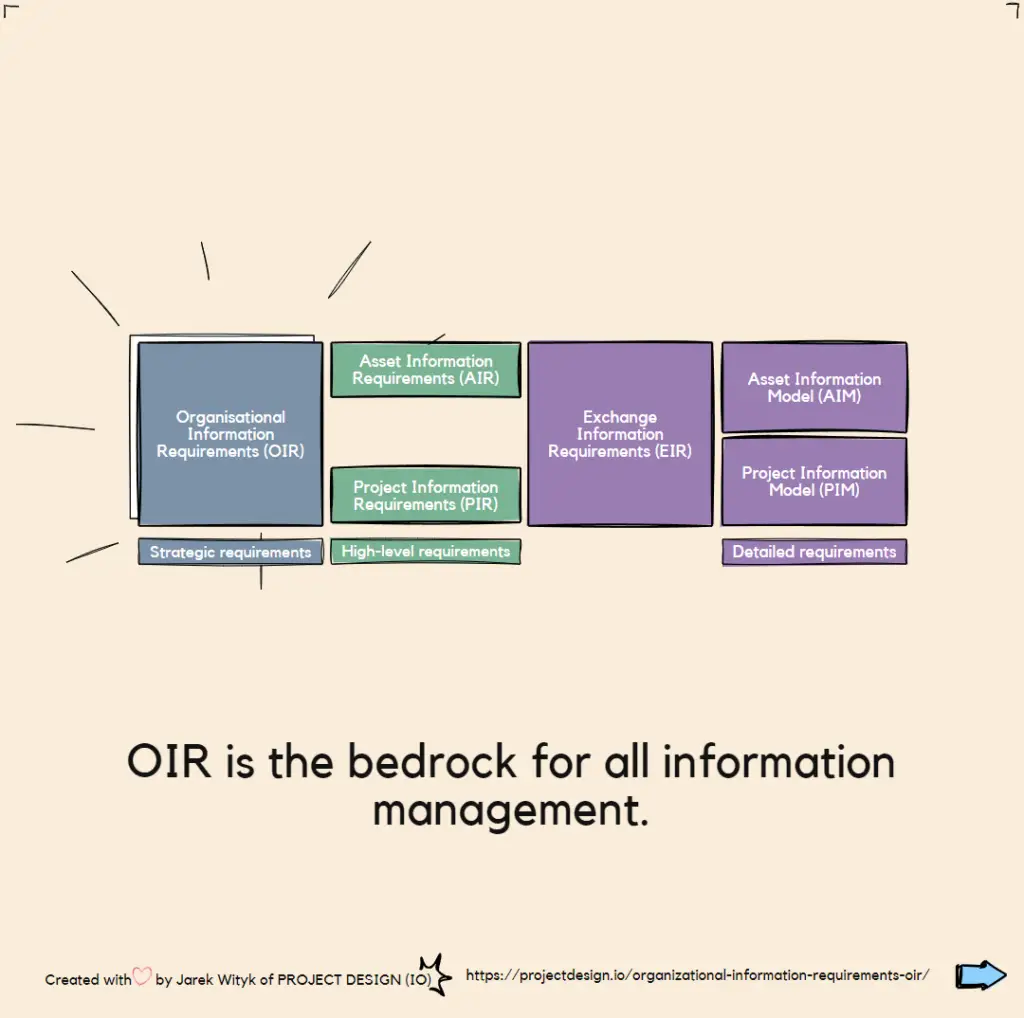Revit Guides
Data Management
ELI5

Organizational Drivers
ELI5-S1: BIM Basics E14: Organizational Driver Understanding the Organizational Driver in BIM Information Exchange In this post, we introduce a new term: the Organizational Driver, based on observations from my

Operational Team Context of Information Exchange
ELI5-S2: BIM in Practice E2: Operational Team Context of Information Exchange Explained In any BIM project, understanding the context of information exchange during the operational phase is crucial. This post
Overload rating (Ir)
Ir The adjusted overload rating of an overcurrent protective device, in Amperes.
Openness
in relation to data and information – also linked to interoperability means that it is provided or made available in a format that can be accessed and used withoutrecourse to
open interoperability
the meaning and benefits: single procurement of information that can be relied upon over time, removing the need for it to be repeatedly re-procured; a ‘Golden Thread’ of information to
Operations and Maintenance (O&M)
Describes the functions, duties, and labour associated with the operations of an asset, including repairs, replacement of parts and structural components, and other activities needed to maintain an asset.

Organizational Information Requirements (OIR)
ELI5-S1: BIM Basics E7: OIR explained information requirements in relation to organizational objectives BS EN ISO 19650‑1:2018 (3.3.3)
objective
results to be achieved The objective can be strategic or operational; it can relate to different disciplines such as financial, health and safety, or environmental. The targeted results can be

Organisational maturity
a measure of an organisation’s readiness and capability expressed through its people, workflows, information, technologies and the reliable measurement procedures that are in place [source: Understanding Organizational Maturity

Organisational capability
Potential and expertise suggesting ability. Capability implies an organisation’s capacity to engage in a range of constructive activities Organisational capability is also referred to as organisational competence, although a capability refers to the

Organisational Purpose
A sense of organisational purpose is an essential part of promoting organisational effectiveness, which motivates individuals to do work and create something or justify the existence of something. Cooperation
Open Data
The Open Data Institute (ODI) defines open data as information that is licensed for anyone to use for any purpose at no cost. Open data can be accessed, used and
ontology
An ontology is a set of rules that make it possible to link data on a semantic level. Means the unstructured, semi-structured data can be read and encoded by computers.

